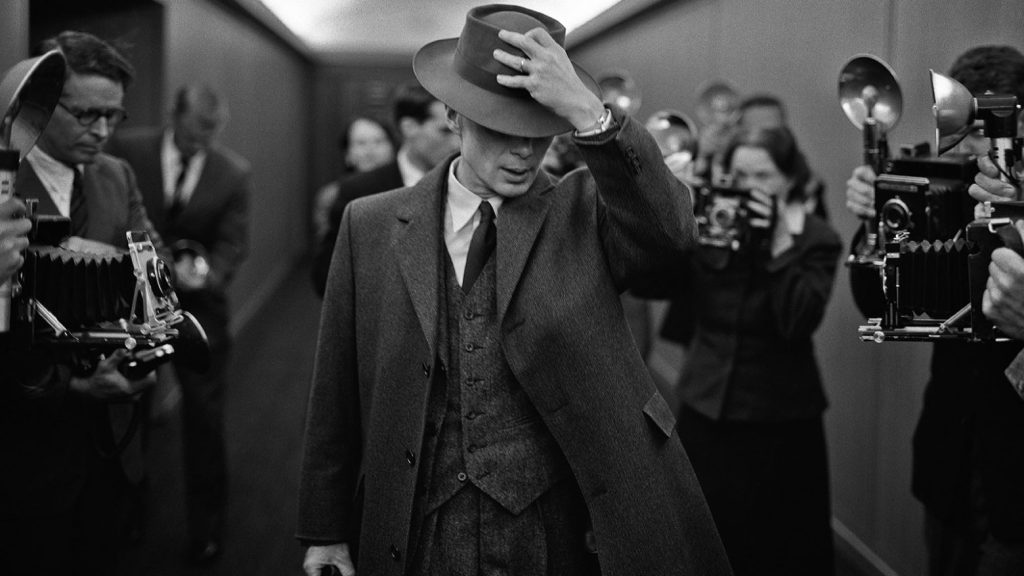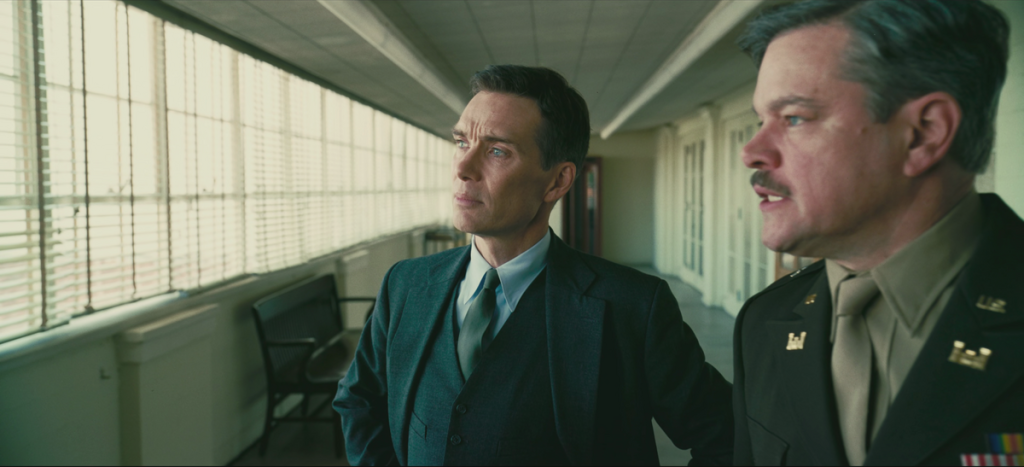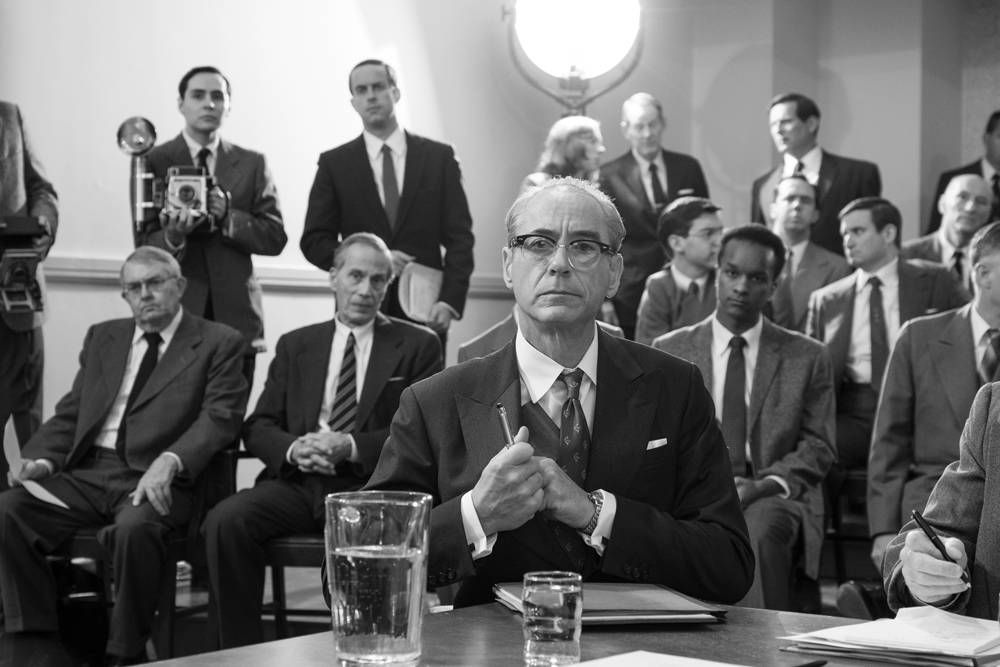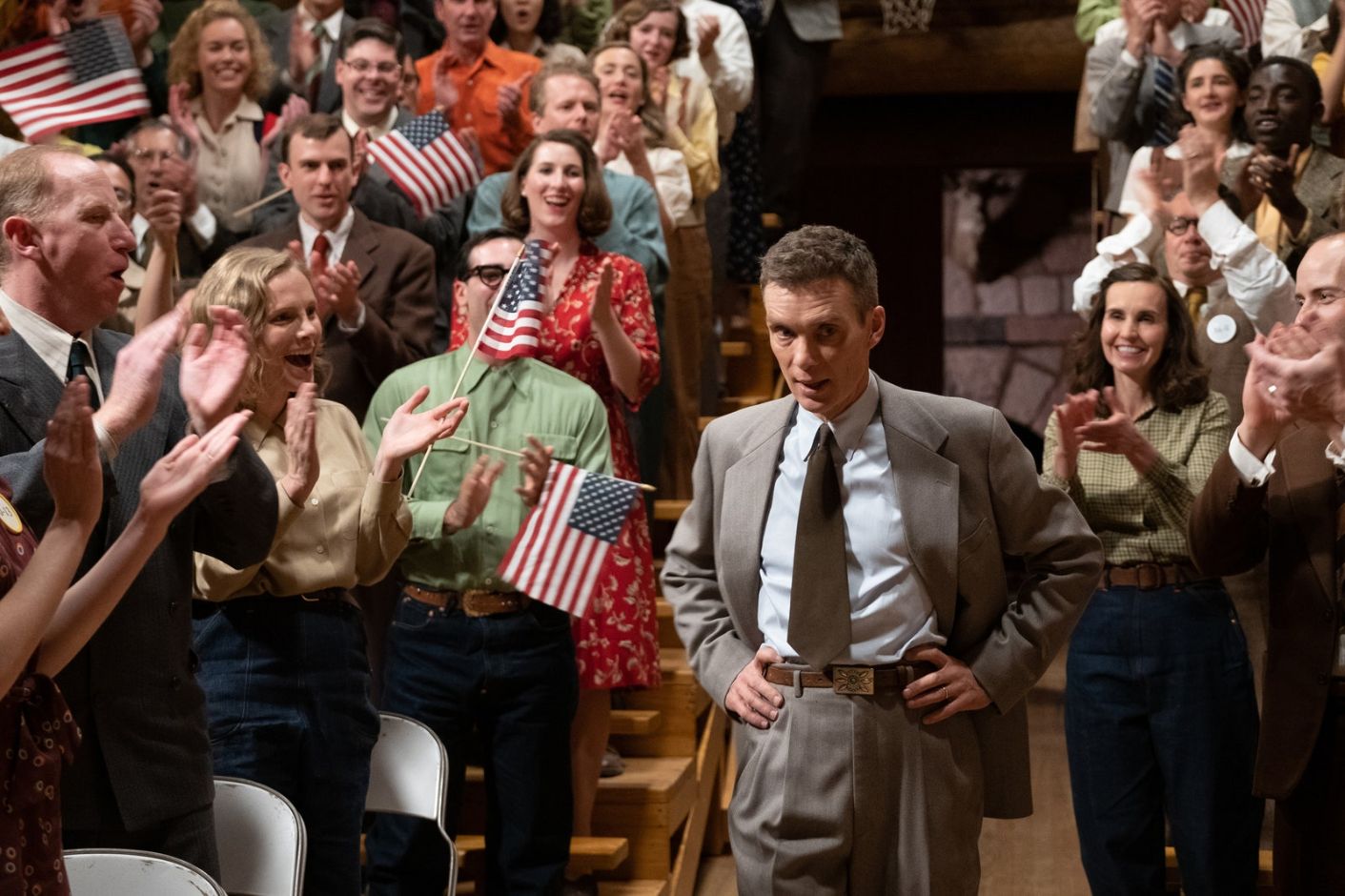On the screens of “Oppenheimer” by Christopher Nolan
PLANET CINEMA edited by Elio Rabbone
Harry Truman’s (unrecognizable Gary Oldman) eyes, protected by gold-rimmed glasses, look at the scientist, “People won’t remember who built the bomb, but who decided to drop it,” reassuringly as she hands him the bomb. handkerchief, which symbolically wiped the blood from the hands. There is a chilling grin of a politician who, in the need to choose the targets on which the atomic bomb will be dropped, suggests with a smile: “OK, then we agree on Nagasaki and Hiroshima, but please, not Kyoto, this is such a beautiful city.” I went there on my honeymoon with my wife.” There is, especially in the frantic first hour of the show, done in a breathtaking montage (Jennifer Lame), the alternation of rain and explosions, fire that flares up and destroys, there is a stench and a bitter sense of destruction that immediately brings to mind the last waves of a conflict that has already witnessed defeat and the surrender of the German army and the collapse of the Italian dictator, like Japan, which would certainly lay down its arms shortly thereafter. This is a ruthless and cunning game, achieved with subtle perversion – spoken and unspoken words, invitations and suggestions, affirmations and denials, support and turn – politics, meetings in a small and secluded secret room, where in the game and in the already fully built factory, the scientist – ” destroyer of worlds”, first pushed and empowered according to the sacred laws of the Greater Good of the country, is accused by Lewis Strauss, president of the “Atomic Energy Commission” (Robert Downey Jr. in the scent of an Oscar: and we are willing to bet that next March it will not be the only statuette , ready to agree on one title): the one who in 1942 helped install Robert Jr. Oppenheimer led the “Manhattan” project, dictated by fear of Nazi Germany’s progress in nuclear fusion research and the need to interfere with its results.

Research and preparations finding their place in the New Mexico desert, in the construction of laboratories and housing Los Alamos, doubts and guilt that build up and find specific and destructive corners in the heart and mind of the physicist, explosions and glimpses of the future, historical and personal fragments that create and reinforce story loops, family contrasts and opportunities for adventures of the best Don Juanism, communist sympathies ready to destabilize fate and canceled at the right moment, irony that seeps into interrogations, the support of other scientists involved, such as Bohr and Rabi, Fermi and Lawrence , the collaboration and subsequent enmity of Edward Teller, Albert Einstein, who refuses the project, all in black and white and color jubilation, according to the logic of “before” and “after”, about jumps in time, passing through the entire film, about realism special effects, in this “Oppenheimer” that always visionary Christopher Nolan (with a $100 million budget) got from the biography.” Robert Oppenheimer, Father of the Atomic Bomb, written by Kai Bird and Martin J. Sherwin. An author with the mental privilege of greatness, with an adventurous awareness that he always thinks big, who mixes maps of time and space with a rare intelligence that undermines any order to immediately return the viewer to the balance of drawing, who transcends the biopic and believes in storytelling , devoid of any linearity, all movements and frames, a holistic vision of an immense mosaic in which at times you seem to get lost. An excellent film, not simple, requiring constant attention, reflection, perhaps revision, imprisoning sometimes too important and great forces of Science and History.

And the great author who was able to give us not only the Dark Knight trilogy, but also such lofty titles as Memento, perhaps the never-important Prestige, the unsurpassed Inception and Interstellar, the magical diversion of Tenet. like the sky, the sea, the earth “Dunkirk”, among the panoramas of the French coasts. In the last frame, we come across the idea that Oppenheimer is the deepest, most deeply thought-out work, thanks to the complete embarrassment of History that Nolan encounters, with those figures of life and death, with this game of fate. millions of people who were truly at risk of extinction.
Difficult topics, distant and incomprehensible to many (which, however, the public has accepted and continues to accept, if today the box office rubs its hands and registers about 800 million dollars worldwide, in Italy on September 1 we will reach 14 million euros, a breath of fresh air). air, which is compared with the not too happy recent past). It is not easy to accept quantum physics, synthesis and fission, the three-hour duration of the film is not easy, it is not easy to squeeze into overseas history, which on its pages, not yet fully clarified, is the work of scientists. But “Oppenheimer” is interesting, captivating, perhaps, and keeps aloof from emotions, but it certainly captures the viewer and fascinates him without any “ifs” and “buts.” An interest that has its cause, not least in the current storms and winds that circulate in the conflict, located a stone’s throw from the door of our house.

Nolan excels in carving them with light and shadow, relying on Ludwig Göransson’s insistent music and superb photographs by Hoyt van Hoytema to write the script, and he calls on interpreters of absolute certainty (Kenneth Branagh, Matt Damon, Lucifer Jason Clarke, Emily Blunt and Florence Plag) around him. , possessive pro-communist lover, Rami Malek), in the foreground Cillian Murphy, after many collaborations, finally as the main character, a blank face for the exhausted Oppenheimer, who carries his ghosts with him, was unable in 52 to join the construction of the hydrogen bomb . He retired to the Virgin Islands, bought some land and built himself a modest beach house. He took long boat trips with his wife and daughter. The following years continued to be the occasion for conferences to be held and rejected, for fears about the potential danger of scientific inventions for all mankind, for alliances with Einstein and Bertrand Russell, and at the same time for refusing to sign the various protests of the 1950s. against nuclear weapons, for the honor that the new President Lyndon Johnson wanted to give him. These were the years of his illness, in the mid-1960s, from cancer, which in February 1967 led to his death. His wife took the ashes to those islands where perhaps she had only found peace of mind, and scattered them in the sea, not far from the beach house.
Elio Rabbione
Read the latest news here: TURIN

